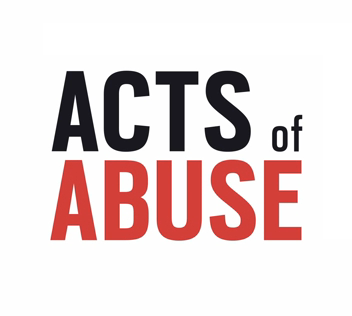Video: Confronting Commercial Exploitation and Trafficking of Minors in the US
Despite federal law recognizing child prostitutes as sex trafficking victims, many states are still treating commercially sexually exploited young people as criminals. A new report, released by the National Research Council and Institute of Medicine, calls for changes to how state and federal agencies address the commercial sexual exploitation of children, urging policymakers and law enforcement officials to adopt “safe harbor laws” that connect underage prostitutes with social services instead of placing them behind bars.
“If you’ve got a child under the age of 18 who is being prostituted, that is not a child prostitute, it’s a child that’s experiencing child abuse and being violently victimized against,” said Dr. Callie Marie Rennison, a University of Colorado Denver Public Affairs professor and a member of the National Academies Committee on Commercial Sexual Exploitation and Sex Trafficking of Minors in the United States. “These safe harbor laws encourage not for these children to be arrested, but be treated like the victims that they are, and for them to get help and try to get their life back on track after victimization.”
According to the National Academies of Science report, “Confronting Commercial Sexual Exploitation and Sex Trafficking of Minors in the United States,” estimates for the number of children involved in sex trafficking in the U.S. fluctuate wildly, with some tabulating the number as low as 1,400 to as high as 2.4 million. While researchers stated that no reliable figures exist regarding the actual number of commercially sexually exploited teens and adolescents in the nation, the authors of the report state that crimes related to youth sexual exploitation are almost certainly underreported.
Children who have experienced neglect or abuse, have run away from home or who have been in foster care or juvenile detention are more likely to be victims of sex trafficking, the report said. Racial minorities and LGBT young people, researchers said, were also at elevated risk for becoming sexually exploited. Dr. Richard Krugman, Committee co-chair and Vice Chancellor for Health Affairs at the University of Colorado School of Medicine, said those populations are at-risk due in part to their strong likelihood of being isolated from others.
“Children who are runaways or throwaway kids are all the ones who are out in society alone,” he said, “and therefore, are susceptible to be preyed upon by predators.”
More collaboration, and especially more research on effective interagency practices, are recommended, Rennison said.
“This is not a problem that one sector can solve by itself,” she said. “It’s going to require connections between education, the commercial sector, federal government, state government and law enforcement.”
Perhaps the most important means of combating commercial sexual exploitation of children in the U.S., Rennison said, was alerting the public to the severity of the problem.
“It isn’t just something that happens in other countries,” Rennison concluded. “And until we open our eyes and look for it, we won’t see it, and when we don’t see it, that means every day, these children are being the victims of child abuse and victimization.”
Although efforts to combat child sex trafficking are increasing, the report also said that systemic responses to the commercial sexual exploitation of children are largely lacking. Adults in the education, healthcare and child welfare systems may not know that exploitation may be occurring in their communities, the report said, and many do not have the training or the tools necessary to either identify a sexually exploited child or respond to his or her needs.
“You need to have training in how to recognize and then how to intervene,” Krugman said. He likened modern research on child sex trafficking, however, to the state of child abuse research 50 years ago -- a field with very little recognition, awareness or training protocols in place. “This is clearly a significant problem, from if you take a child’s perspective of it and it‘s something that we need to address” he continued. “That involves training centers, knowledge, research, [and] it involves building an evaluation component to the types of treatment that we’re doing.”
